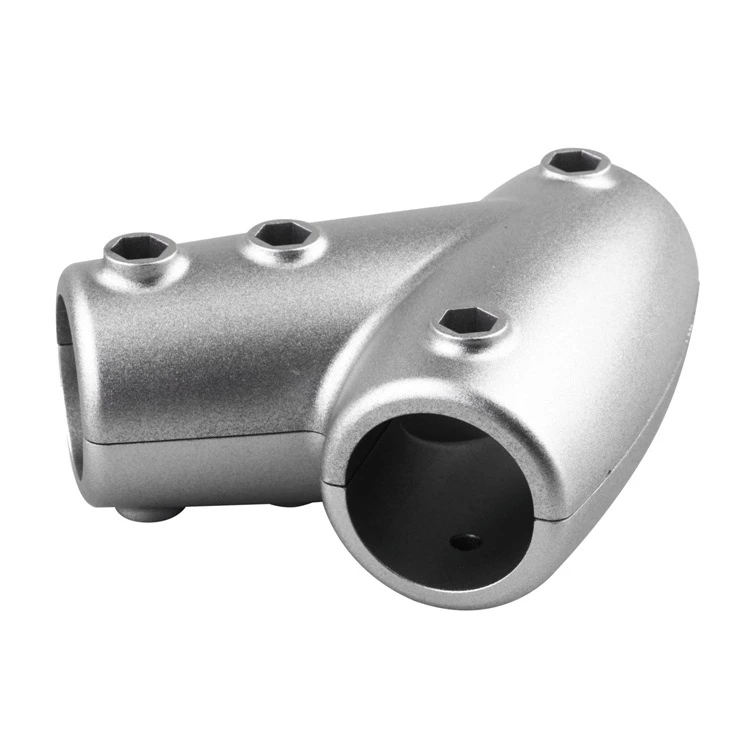Custom Fabrication of Formed and Stamped Metal Components for Various Applications
Understanding Stamped and Bent Parts The Backbone of Modern Manufacturing
In the realm of manufacturing, stamped and bent parts are fundamental components that serve as the backbone for countless applications across various industries. From automotive to aerospace, these parts not only play a critical role in the functionality of a product but also in its overall efficiency and performance. This article delves into the processes involved in the production of stamped and bent parts, the materials utilized, and their applications in today’s world.
What Are Stamped and Bent Parts?
Stamped parts are created through a manufacturing process that involves the use of a press to shape metal sheets into desired forms. This process can include various techniques like punching, blanking, embossing, and forming. The result is a part that is precise in its dimensions and ready for further assembly or use in a product.
On the other hand, bent parts are produced by altering the shape of metal components through bending processes. These parts may be formed using several techniques, including air bending, bottoming, and coining. Each technique has its advantages and is chosen based on the specific requirements of the part being manufactured, such as the angle of the bend, material properties, and thickness.
The Manufacturing Process
The production of stamped and bent parts begins with the selection of the base material, which typically includes metals such as steel, aluminum, brass, and copper. Each material has distinct properties that make it suitable for different applications. For instance, steel is favored for its strength and durability, while aluminum is chosen for its lightweight and corrosion-resistant properties.
Once the material is selected, it undergoes cutting to achieve a manageable size. The next step is stamping, where the chosen shape is imparted to the metal using a die and a press. This process can be highly automated, allowing for the production of large quantities of parts with minimal human intervention.
After stamping, parts may require bending to achieve the final design. Bending is often done using CNC (Computer Numerical Control) machines, which allow for high precision and repeatability in the bending process. This ensures that the finished parts meet strict tolerances, which is crucial for applications in fields such as automotive manufacturing, where precision is paramount.
stamped and bent parts

Applications in Various Industries
The applications of stamped and bent parts are vast and varied. In the automotive industry, for example, these components are used in the construction of chassis, frames, and various components such as brackets, clips, and mounts. The strength and lightweight nature of stamped parts contribute significantly to vehicle safety and fuel efficiency.
In the aerospace sector, precision-engineered stamped and bent parts are critical for aircraft frames, engine components, and interior fittings. The rigorous safety and performance standards in this industry necessitate components that are not only strong but also lightweight, making stamped and bent parts ideal candidates.
Moreover, the electronics industry relies heavily on stamped components that are used in connectors, housings, and circuit board assemblies. In this domain, the ability to create intricate designs with high precision aids in the overall functionality of electronic devices.
Advantages of Stamped and Bent Parts
One of the primary advantages of using stamped and bent parts in manufacturing is their cost-effectiveness. The high-speed production process allows manufacturers to produce large quantities of parts quickly, reducing labor costs and production time. Additionally, the ability to use a wide range of materials ensures that manufacturers can select the most suitable option for their specific needs.
Another significant benefit is the repeatability and consistency of the parts produced. With advancements in technology, particularly the use of CNC machines and automated stamping presses, manufacturers can achieve high levels of accuracy, ensuring that every part produced meets the required specifications.
Conclusion
Stamped and bent parts are indispensable in modern manufacturing, underpinning the development of numerous products across various industries. Their ability to combine strength, precision, and efficiency makes them a preferred choice for engineers and manufacturers alike. As technology continues to evolve, the processes surrounding the creation of these components will also advance, paving the way for even more innovative applications and enhanced performance in the products we use every day.
-
Precision Sheet Metal Stamping Manufacturer | Fast & ReliableNewsAug.01,2025
-
OEM Sand Cast Pump Valve Fittings - Baoding Hairun Machinery And Equipment Trading Co., Ltd.NewsAug.01,2025
-
Custom OEM Impellers | High Efficiency & PrecisionNewsAug.01,2025
-
OEM Sand Cast Pump Valve Fittings - Baoding Hairun Machinery | Customization, Quality AssuranceNewsAug.01,2025
-
OEM Sand Cast Pump Valve Fittings - Baoding Hairun Machinery And Equipment Trading Co., Ltd.NewsAug.01,2025
-
OEM Sand Cast Pump Valve Fittings - Baoding Hairun Machinery And Equipment Trading Co., Ltd.NewsJul.31,2025















